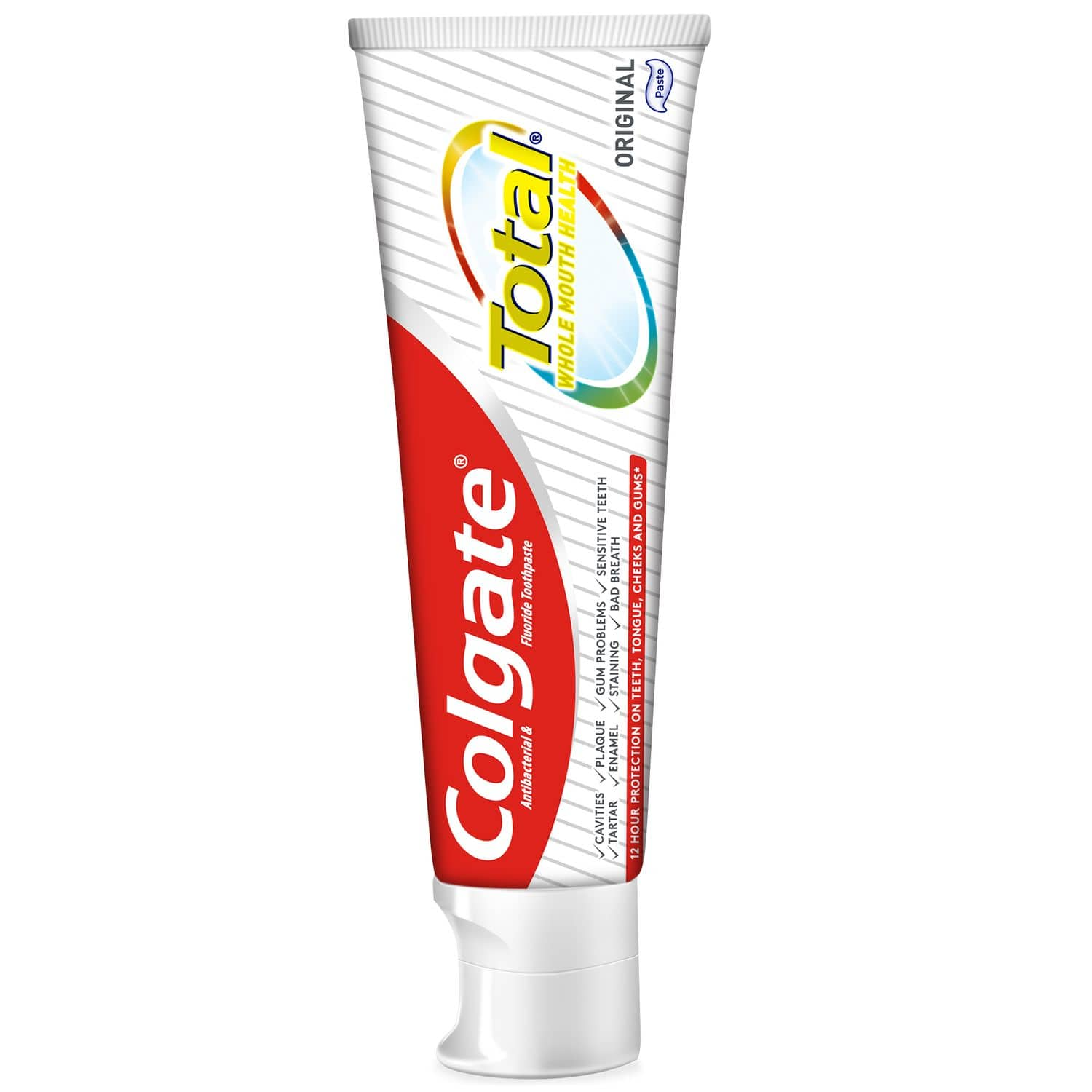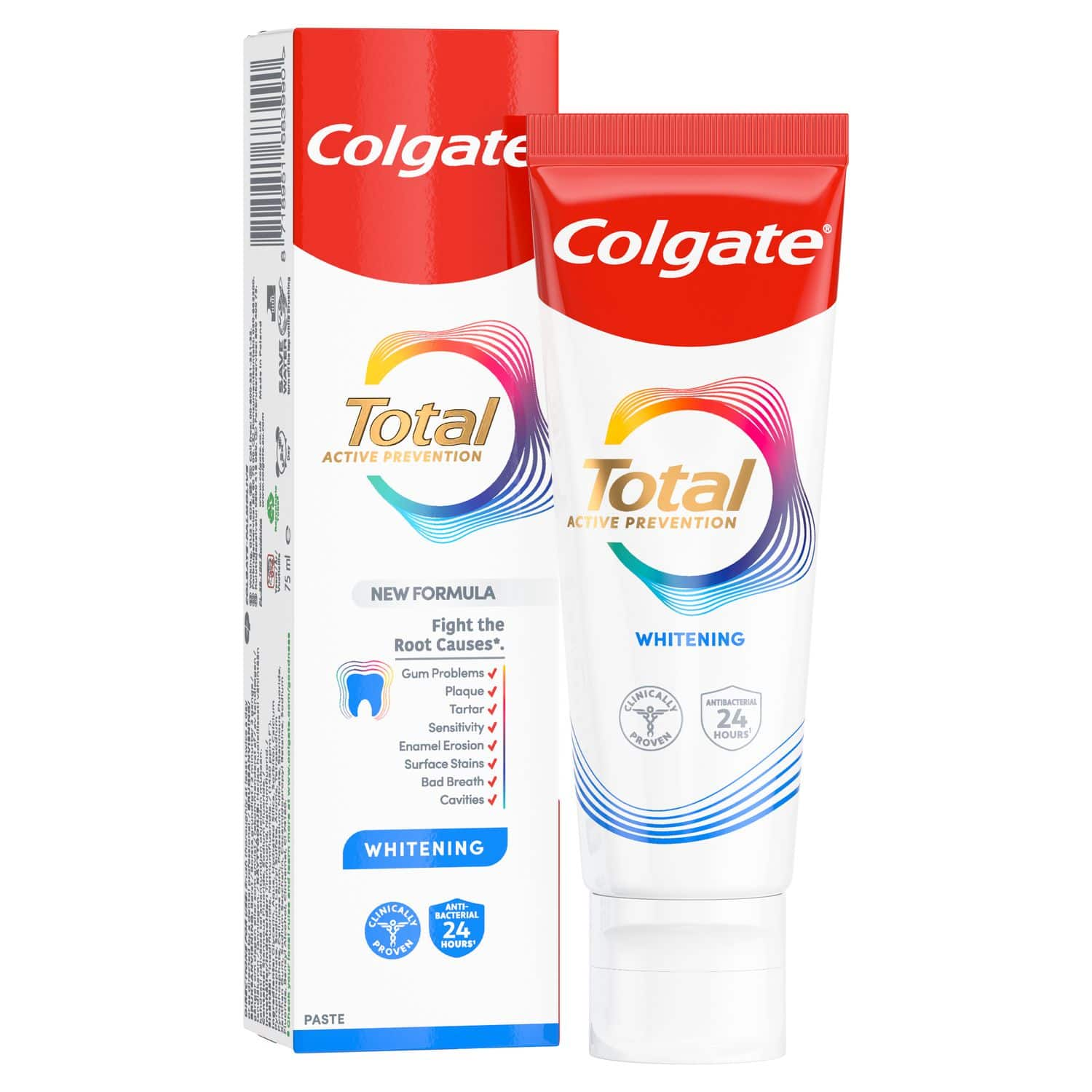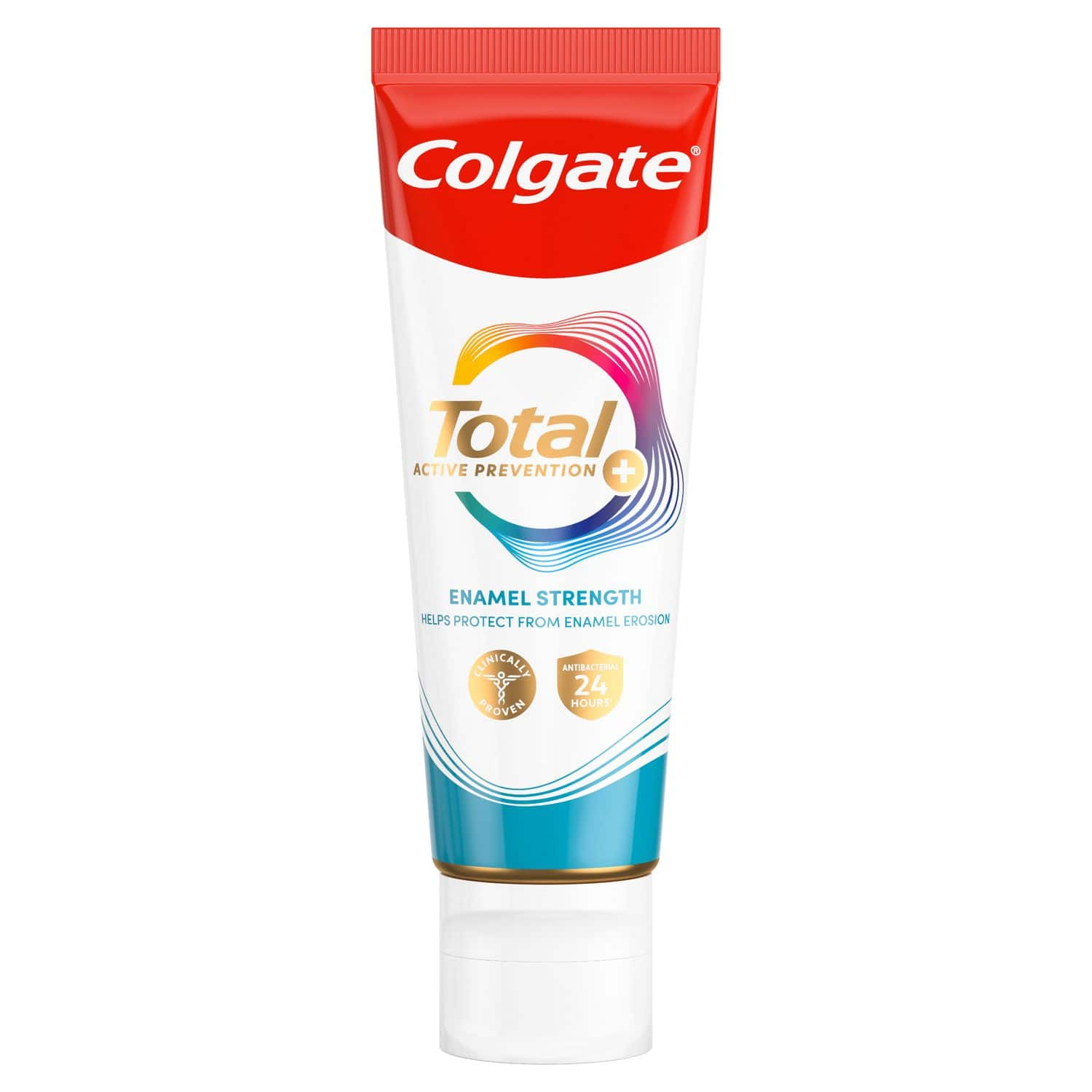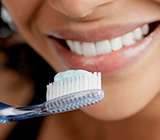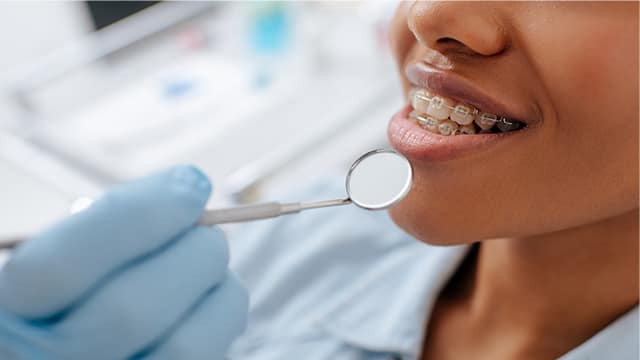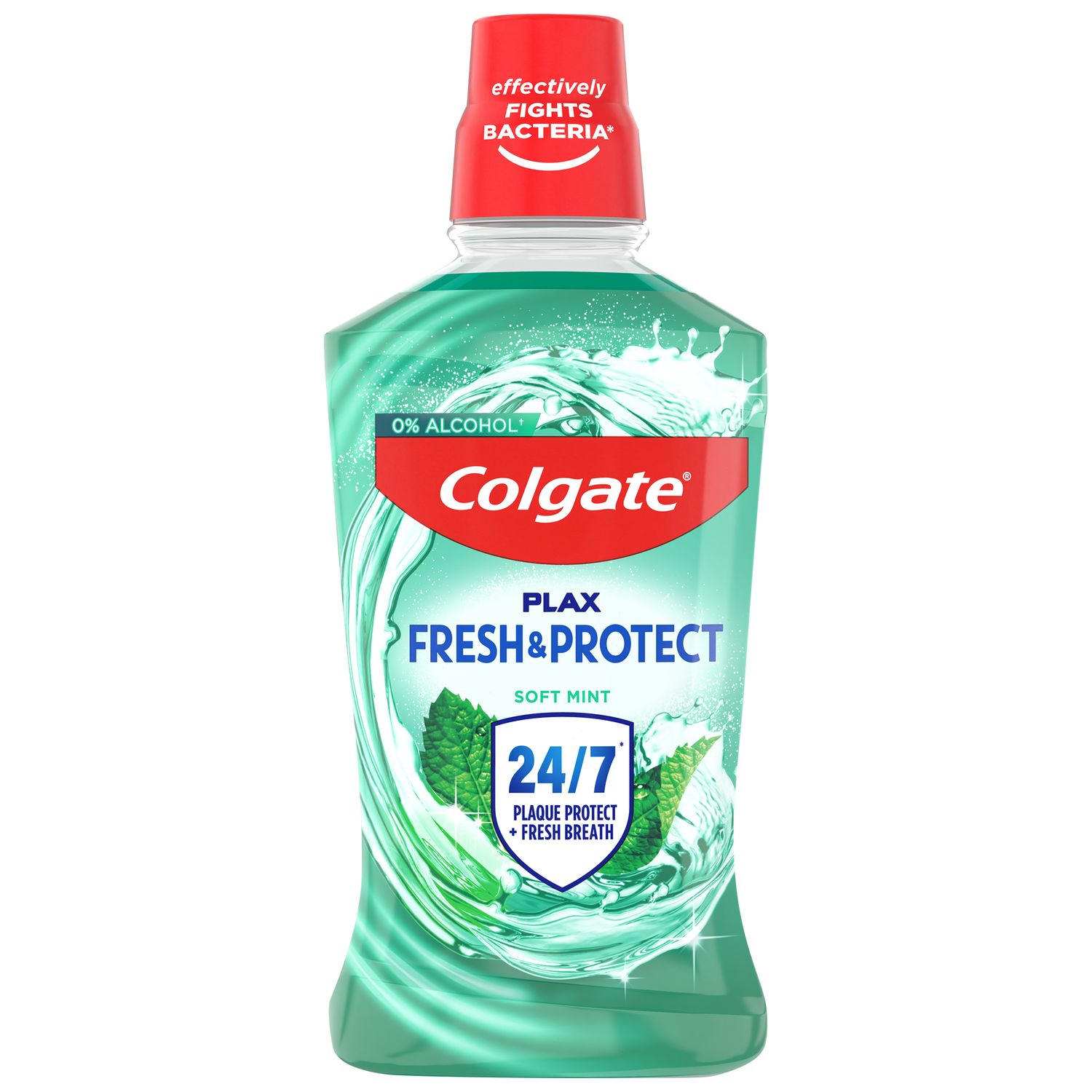What Are the Different Parts of a Tooth?
- Crown: the top part of the tooth, and the only part you can normally see. The shape of the crown determines the tooth's function. For example, front teeth are sharp and chisel-shaped for cutting, while molars have flat surfaces for grinding.
- Gumline: where the tooth and the gums meet. Without proper brushing and flossing, plaque and tartar can build up at the gumline, leading to gingivitis and gum disease.
- Root: the part of the tooth that is embedded in bone. The root makes up about two-thirds of the tooth and holds the tooth in place.
- Enamel: the outermost layer of the tooth. Enamel is the hardest, most mineralized tissue in the body - yet it can be damaged by decay if teeth are not cared for properly.
- Dentine: the layer of the tooth under the enamel. If decay is able to progress its way through the enamel, it next attacks the dentine - where millions of tiny tubes lead directly to the dental pulp.
- Pulp: the soft tissue found in the center of all teeth, where the nerve tissue and blood vessels are. If tooth decay reaches the pulp, you usually feel pain.
What About the Gums?
The teeth are held in the mouth by 3 important structures; the gingiva or gums, the alveolar bone, and the periodontal ligament
- Gums: The gum or gingiva is the pink tissue that surrounds the teeth and bone forming a protective barrier at the neck of the tooth. When gums become inflamed the condition is called gingivitis and if the inflammation continues to include the bone, the condition is called periodontitis.
- Alveolar Bone: The jawbone that immediately surrounds the teeth is called the alveolar bone. In periodontitis this bone can slowly resorb due to the inflammatory process.
- Periodontal Ligament: In between the alveolar bone and the teeth are connective tissue fibers that form the periodontal ligament, that anchor the teeth into place.
What Are the Different Types of Teeth?
Every tooth has a specific job or function (Use the dental arch in this section to locate and identify each type of tooth):
- Incisors: the sharp, chisel-shaped front teeth (four upper, four lower) used for cutting food.
- Canines: sometimes called cuspids, these teeth are shaped like points (or cusps) and are used for tearing food.
- Premolars: these teeth have two pointed cusps on their biting surface and are sometimes referred to as bicuspids. The premolars are for crushing and tearing.
- Molars: used for grinding, these teeth have several cusps on the biting surface.
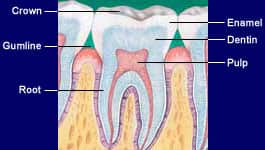 |
 |
This article is intended to promote understanding of and knowledge about general oral health topics. It is not intended to be a substitute for professional advice, diagnosis or treatment. Always seek the advice of your dentist or other qualified healthcare provider with any questions you may have regarding a medical condition or treatment.
ORAL HEALTH QUIZ
What's behind your smile?
Take our Oral Health assessment to get the most from your oral care routine
ORAL HEALTH QUIZ
What's behind your smile?
Take our Oral Health assessment to get the most from your oral care routine
